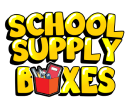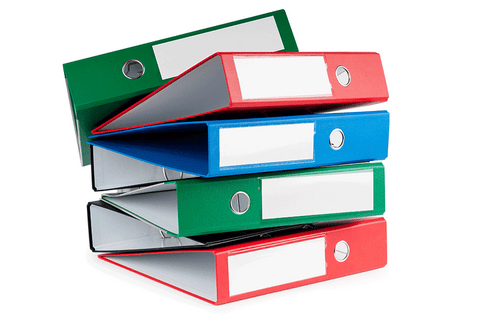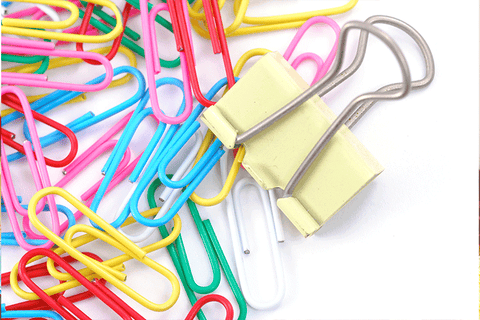School budgets stretch only so far, yet classrooms still need steady supplies. We hear from administrators, teachers, and nonprofit partners who want clear steps, not policy jargon. Many wonder what school grants are and how they can support timely, compliant purchases. You deserve a friendly guide that speaks your language and respects your timeline. We will walk you through the basics of funding and the procurement processes that keep orders moving.
What are School Grants?
Grants for schools come from several places, including federal formula programs, competitive state awards, local education funds, and private philanthropy. We also see districts pair these with PTA support and corporate giving to fill gaps during busy seasons. Federal titles can support supplemental materials for literacy, enrichment, student well-being, and technology readiness when tied to program goals. After-school initiatives often cover hands-on kits that extend learning time. Special education and career programs can fund adaptive tools and lab consumables that match student plans and pathways.
You can map each need to a fitting stream without jargon. Reading boosters often align with Title I, student support items can sit under Title IV-A, and after-school or summer materials can fit 21st Century programs. Services for students with disabilities may qualify under IDEA when tied to documented plans. Career pathways typically utilize Perkins for industry-aligned resources. Local foundations and city grants round out pilots and small starts that move fast.
Match Needs To The Right Program
Clear needs make funding easier. Start with a one-sentence aim that names students, the setting, and the outcome you want. Early literacy kits often align with Title I when they support reading growth for identified groups. SEL materials can sit under student support funds such as Title IV-A when tied to campus plans. After-school and summer programs frequently cover STEM and enrichment supplies through 21st Century funding.
Special education services may fund adaptive tools and sensory items through IDEA when linked to documented plans. Career and technical pathways can use Perkins for industry-aligned consumables and classroom materials. Students experiencing homelessness may receive core supplies through the McKinney-Vento program, paired with quick campus distribution. Local foundations and city mini-grants can back pilots that prove value in a term or two. Tight alignment turns a shopping list into a funded plan.
Compliance In Plain Language
Think of compliance as a simple story that shows why the purchase was needed and how the price made sense. Reviewers look for three things. Costs must be necessary for the program, reasonable for the market, and tied to the students or sites you serve. Records should make that link easy to follow from request to receipt. We write grant files in plain English so anyone can track the steps without guessing.
Good files share the same parts even across different grants. Start with a short need note and the funding approval from your program lead. Add the purchasing method you used and a brief reason for vendor selection. Include quotes or a cooperative contract reference, plus a quick check that the vendor is eligible. Finish with the purchase order, packing slips, invoices, and an inventory note for any durable items.
Purchasing Methods That Work For Schools
Grant purchases move faster when the method fits the size and timing of your order. Small buys often qualify as micro-purchases under your local threshold, which means quick comparisons and simple notes. Mid-sized orders usually call for a few written quotes that show fair pricing and basic competition. Large projects may need a formal bid or proposal with a posted timeline and clear criteria. Cooperative contracts can meet competition requirements without starting a new solicitation, which helps during tight windows.
Picking the path is easier with a short plan on paper. List the method, the threshold that applies, and the timeline you will follow. Add how many quotes you will gather or the contract number you will reference. Note any vendor eligibility checks you will complete before award. Close with a reminder to save your rationale, order documents, and receiving records in one place.
From Idea To Delivered Supplies: A Mini Plan
Start with one clear need that indicates the students, the setting, and the outcome you want. Map that need to a funding source and confirm allowability with your program lead before you price items. Pick a purchasing method that fits the order size and timeline under your local policy. Build a short budget that lists quantities, unit prices, shipping, and any labeling or sorting you plan to do. Keep the language plain so each step is easy to follow.
Move from plan to action with tidy records at every turn. Collect quotes or cite a cooperative contract and note why the selected option meets the program goal. Check vendor eligibility in your file before placing the order and keep a dated note. Receive items, match them to packing slips, and record site locations where required. Save the purchase order, invoices, and a brief impact note to make reporting straightforward.
Quick Answers You Ask Us Most
Grant dollars can pay for general classroom supplies when the items support a funded program and align with local policy. Multiple quotes are not always required because thresholds and methods vary by district, so check your policy and match the method to the order size. Shipping and labeling can appear in the budget when they directly support the funded activity, and the program allows those costs. Tracking across campuses works best with a simple log that lists item, quantity, site, room, and grant number. Good records make monitoring calm and help you close the loop at year's end.
From Plan To Delivery With A Friendly Partner
Grant work feels lighter when you have a clear path and a team that understands school timelines. We build premade boxes for K-5, middle school, and high school, and we create custom kits for after-school, literacy, STEM, and CTE. You can ask for quick quotes, age-specific labeling, and site-by-site shipping that matches your receiving plan. Our paperwork is tidy for your files, and our support stays responsive from quote to delivery. Count on us to keep the process simple so your students get what they need on time.
Ready to turn a funded plan into delivered supplies. Request a bulk quote, and we will set up kits that fit your program and schedule.




